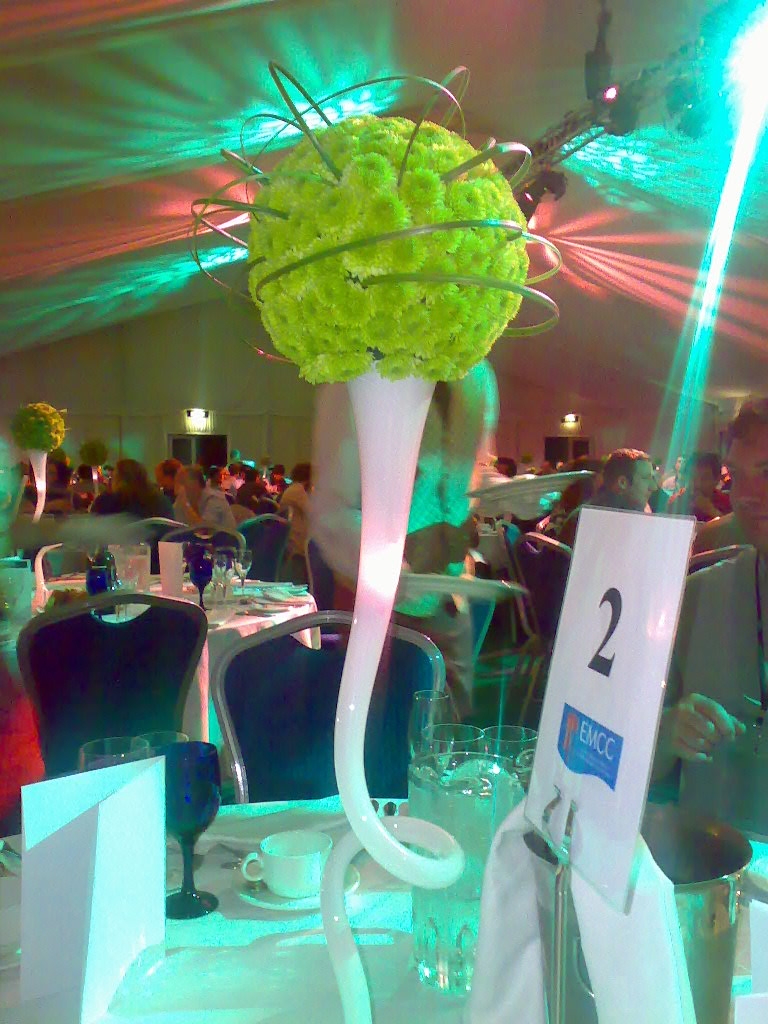Stranger in a strange land (3)
 Day 3 kicked off with a really impressive keynote on 'Medical Visualisation between 2D Images' from Professor Anders Ynnerman. CT scanning is developing to the point where the volume of data returned from a scan of a human body is difficult to manage and process. Various strategies are being developed to reduce the amount of data which must be analysed from a typical scan before the analysis and visualisation processes are invoked. A particular area of development is in supporting autopsies - creating a 'forensic workflow'. The police in Sweden can deliver a body to Ynnerman's facility, still in its body-bag, and a scan can be taken and rendered in one minute. We were treated to some fascinating (and occasionally gruesome) images, demonstrating how this technique is ideal for visualising fractures, foreign object (bullet fragments for example) etc. An interesting side-effect of the fidelity of the scans is that bodies are clearly recognisable - the slides we saw had been censored in the traditional way with black rectangles obscuring the eyes of the victims. Other aspects of ongoing work in this area included handling light better in the visualisation process in order to create shadows - we saw how this aided greatly in depth perception, capturing movement over time, as well as some interesting uses of Haptic technology(force feedback devices) to allow surgeons to physically interact with the data, or "touch a beating heart" as Ynnerman put it. I followed this up with a series of workshop sessions on such topics as static analysis of mobile code, security, metadata and ISO standards. The image above is of a table decoration at the conference dinner which was an excellent meal - the food at the conference centre has been of a pretty high standard. And Helen, god bless her, kept me up to date with the England V Russia match via SMS.
Day 3 kicked off with a really impressive keynote on 'Medical Visualisation between 2D Images' from Professor Anders Ynnerman. CT scanning is developing to the point where the volume of data returned from a scan of a human body is difficult to manage and process. Various strategies are being developed to reduce the amount of data which must be analysed from a typical scan before the analysis and visualisation processes are invoked. A particular area of development is in supporting autopsies - creating a 'forensic workflow'. The police in Sweden can deliver a body to Ynnerman's facility, still in its body-bag, and a scan can be taken and rendered in one minute. We were treated to some fascinating (and occasionally gruesome) images, demonstrating how this technique is ideal for visualising fractures, foreign object (bullet fragments for example) etc. An interesting side-effect of the fidelity of the scans is that bodies are clearly recognisable - the slides we saw had been censored in the traditional way with black rectangles obscuring the eyes of the victims. Other aspects of ongoing work in this area included handling light better in the visualisation process in order to create shadows - we saw how this aided greatly in depth perception, capturing movement over time, as well as some interesting uses of Haptic technology(force feedback devices) to allow surgeons to physically interact with the data, or "touch a beating heart" as Ynnerman put it. I followed this up with a series of workshop sessions on such topics as static analysis of mobile code, security, metadata and ISO standards. The image above is of a table decoration at the conference dinner which was an excellent meal - the food at the conference centre has been of a pretty high standard. And Helen, god bless her, kept me up to date with the England V Russia match via SMS.